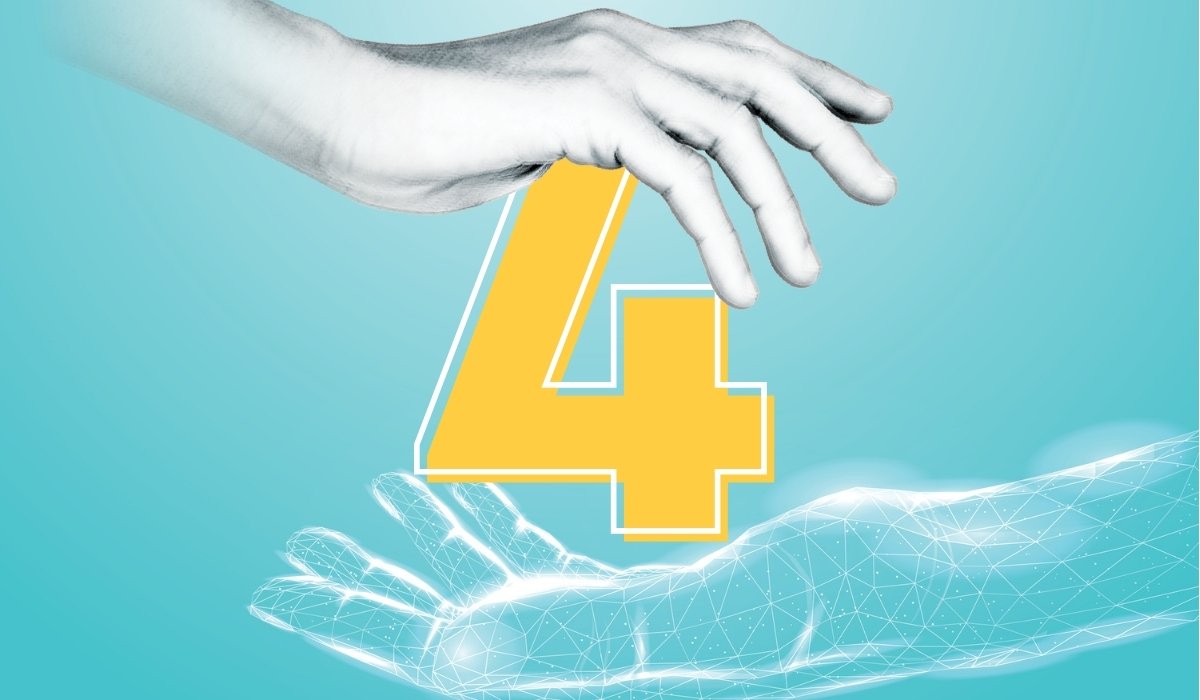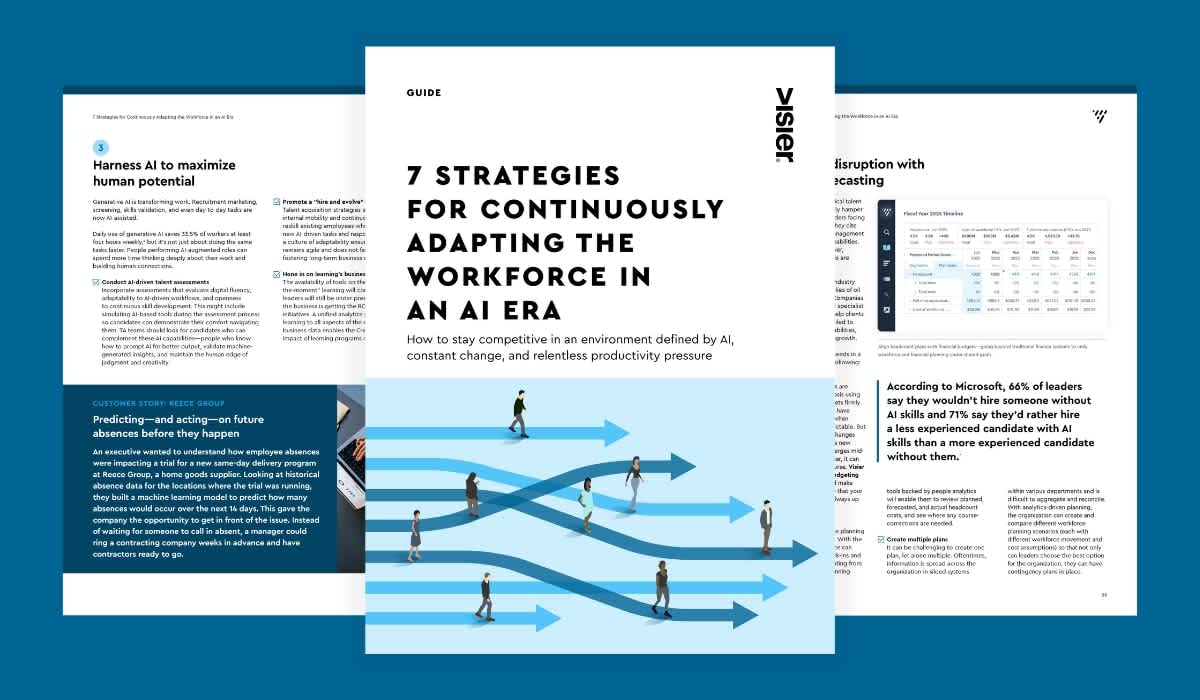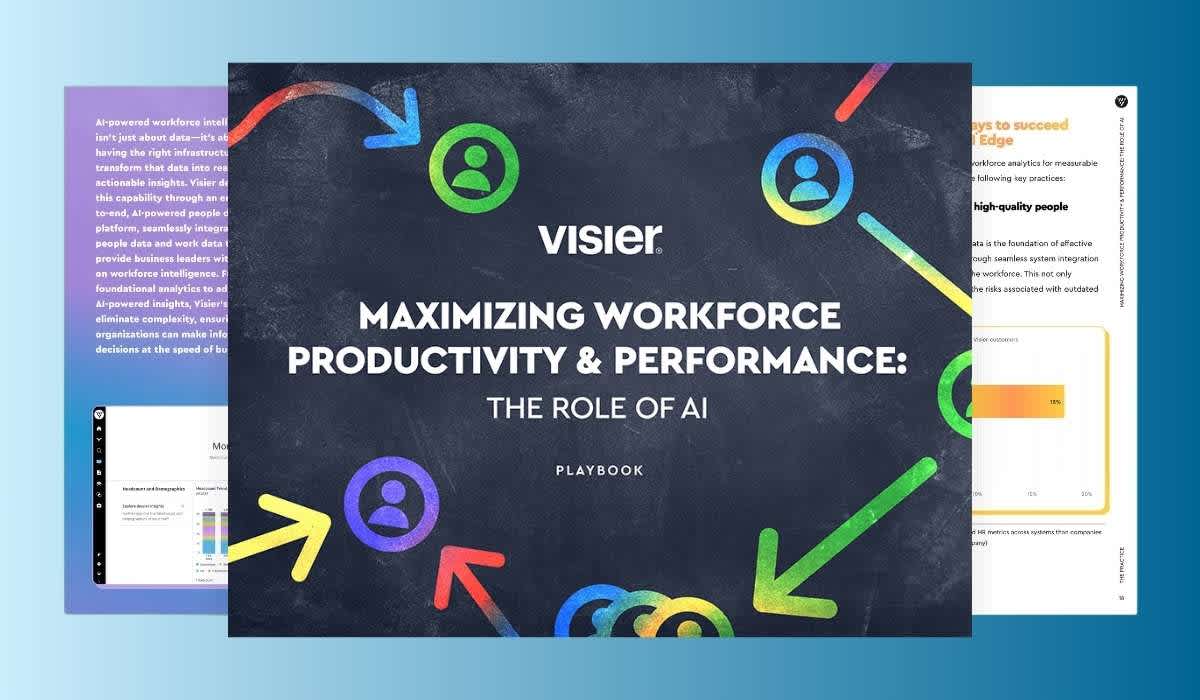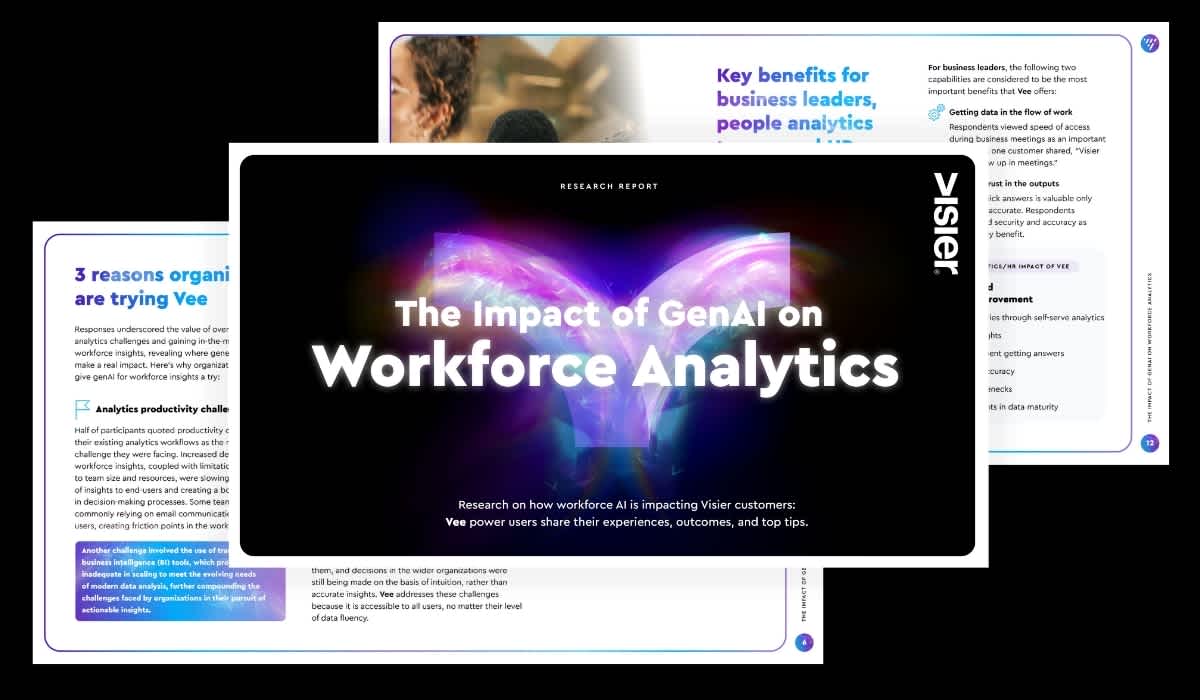4 Strategies for Workforce Transformation in the AI Era
Discover how savvy leaders are transforming their workforce with strategies that boost agility, skills, and innovation. Read on to learn more.

You may not have expected workforce transformation in the AI era to be so dynamic. Yet, the strategies are surprisingly omnipresent.
AI automation makes repetitive tasks no longer something your team needs to focus on. By giving employees space to think and focus on strategy, as opposed to execution, employees will inevitably have to reskill.
To stay ahead of the game, you can use data analytics to determine skill gaps and deliver training before the market takes off. Besides skills, your team needs an action plan to adapt to using collaborative AI tools and staying flexible as AI takes over part of their duties.
But AI is not here to replace your people. Instead, it will change how you hire, work, and collaborate. Use this workforce transformation guide to set up your first action plan and avoid stagnation.

What is workforce transformation?
Workforce transformation involves reshaping an organization's structure, culture, and skill sets to align with changing business goals and technological advancements. This process includes integrating new technologies, upskilling employees, and driving cultural and structural shifts to meet emerging challenges.
How is workforce transformation different from workplace transformation?
Workplace transformation refers to the systematic change in the physical environment, business practices, and organizational culture. This transition encompasses adopting technologies like AI and automation, as well as shifting work patterns such as remote and hybrid working models.
4 strategies for workforce transformation
Now, let’s get to what matters: How do you implement these workforce transformation strategies in a logical, and above all, enjoyable manner?
1. Integrate data and analytics in talent planning
You can no longer just look at traditional annual workforce planning. So it's time to focus more on staying ahead of changes instead of keeping up with them.
Continuous workforce planning will allow you to adapt to and meet rapidly changing labor requirements, even before they happen. For example, talent acquisition leaders should be able to track and react to shifting labor demands by using advanced analytics platforms that aggregate internal data. Using data-driven insights lets you spot where demand for critical roles exceeds supply and take targeted action.
When using predictive analytics, talent teams can proactively predict future demand based on various business scenarios. Your teams should be able to identify potential shortfalls in an essential corporate role, such as engineering, and use that information to build a solid case for market-facing recruiting campaigns to share with senior leaders seeking buy-in.
You also need to look at the big picture.
Start by looking at what your people want (as opposed to only thinking about costs) to identify misalignment in headcount numbers. With a solid hiring plan, you'll stay grounded in a more extensive awareness of your talent needs. Using people data to plot workload and operations will let you adapt, but still have room for systematic growth should you want to expand your team.
2. Harness AI to maximize human potential
Using AI in your day-to-day workflows leaves employees with more time to invest in strategic work that leads to greater productivity and innovation. Daily use of generative AI saves 33.5% of workers at least four hours weekly, but it’s not just about doing the same tasks faster.
People performing AI-augmented roles can spend more time thinking deeply about their work and building human connections. All this while artificial intelligence comes in to help you:
Conduct AI-focused talent assessments
Promote a “hire and evolve” mindset
Hone in on learning’s business impact
The Reece Group used Visier to predict employee absences within a forecasting window of 14 days. This meant they could now proactively build solutions based on the new forecast so that they could ship the orders that day. AI allows the team's leaders to make smarter and more “future-direct” decisions across its workforce to achieve better employee productivity outcomes.
As Sally Young, Chief People Experience Officer at the Reece Group, emphasized:
"Visier makes people data easy to use. Visier gives our leaders a holistic view by creating insights about our business and our people. Once leaders can see that people analytics is applicable to solving their problems, they use it, which in turn helps build their capabilities as strategic people leaders."
3. Prepare for disruption with dynamic forecasting
To disrupt the market and keep up with unpredictable changes, you need to shift to dynamic forecasting. While many leaders are facing talent shortages, particularly in the areas of high-demand skills, they don't know what skills they'll need in the future.
Dynamic forecasting, powered by tools such as Visier Workforce Planning & Budgeting, allows you to measure the actuals, adjust your plans, and reactively adapt workforce capacity when plans change unexpectedly.
Visier's Workforce Planning and budgeting tool was designed to allow leaders to model or compare and amend plans, compose forecasts of FTE/Staffing volumes, and any other descriptors of staff movements, with multiple modalities of modeling or forecasts. You can then run the numbers to be in a much better position to create contingency plans.

4. Incorporate skills-building into employee engagement strategies
To increase employee engagement and retention, continuous learning and skills-building plans are no longer just a nice-to-have.
According to a Visier survey, 86% of employees believe that employers should transition them through reskilling to remain relevant in an AI-influenced world. 63% of employees think employers should be solely responsible (not partially) for reskilling employees for AI.
Employees need and want to be reskilled. Continuous skills development is what instills a company's ability to build employee engagement and trust to recover from potential disruption.
To do this, you need to take a serious look at your employee value proposition to change and improve benefits in providing AI skills development for employees and future opportunities. Start by offering a variety of benefits focused on the employees' future, like continuous learning courses or mentorship opportunities.
Offering a transparent career path for employees also matters. This involves letting employees see how and where their skills will be relevant over the next two to five years and giving them full ownership of their growth. For example, providing skills with clear development paths builds trust and motivation and sets the stage for a culture of continuous learning.
Next steps for transforming your workforce
Workforce transformation is essential for organizations aiming to thrive in the AI era.
By understanding the nuances of workforce and workplace transformation and planning continuously (workforce planning moves from annual to continuous, agile, dynamic process) to implement strategic initiatives, companies can build agile, future-ready teams poised for success.
Here’s what you need to do next:
Audit your team's skills to identify gaps and survey employees for specific career needs they might have.
Shift to dynamic planning with predictive analytics.
Automate repetitive tasks and train your staff to use AI tools to improve productivity.
Update your employee value proposition with AI learning benefits.
Model workforce scenarios and monitor market signals monthly.
Track your KPIs and refine initiatives based on feedback.

Read more about workforce transformation
Strategic workforce planning is critical for future-proofing organizations. In an era ripe with rapid technological disruption, starting with skills is essential.
In an AI-first workplace, technical skills, soft skills, and hard skills are changing. Read on to learn how types of skills are evolving and how to adapt.
Reskilling is the process of learning a new skill with the purpose of changing your career. It's a great asset for both employees and companies. Learn more.
Continuous strategic workforce planning is critical in finding and retaining the right talent and skills to support an organization's short- and long-term goals. Read more to learn what it is and how to do it.


